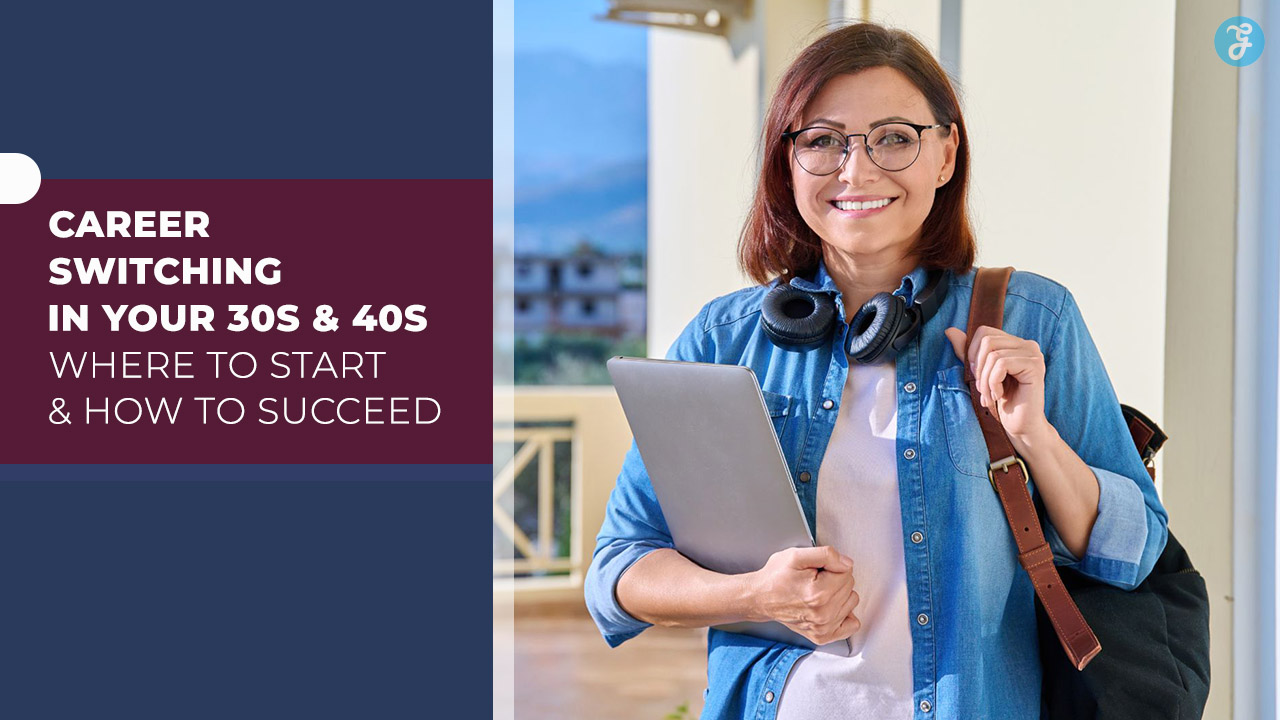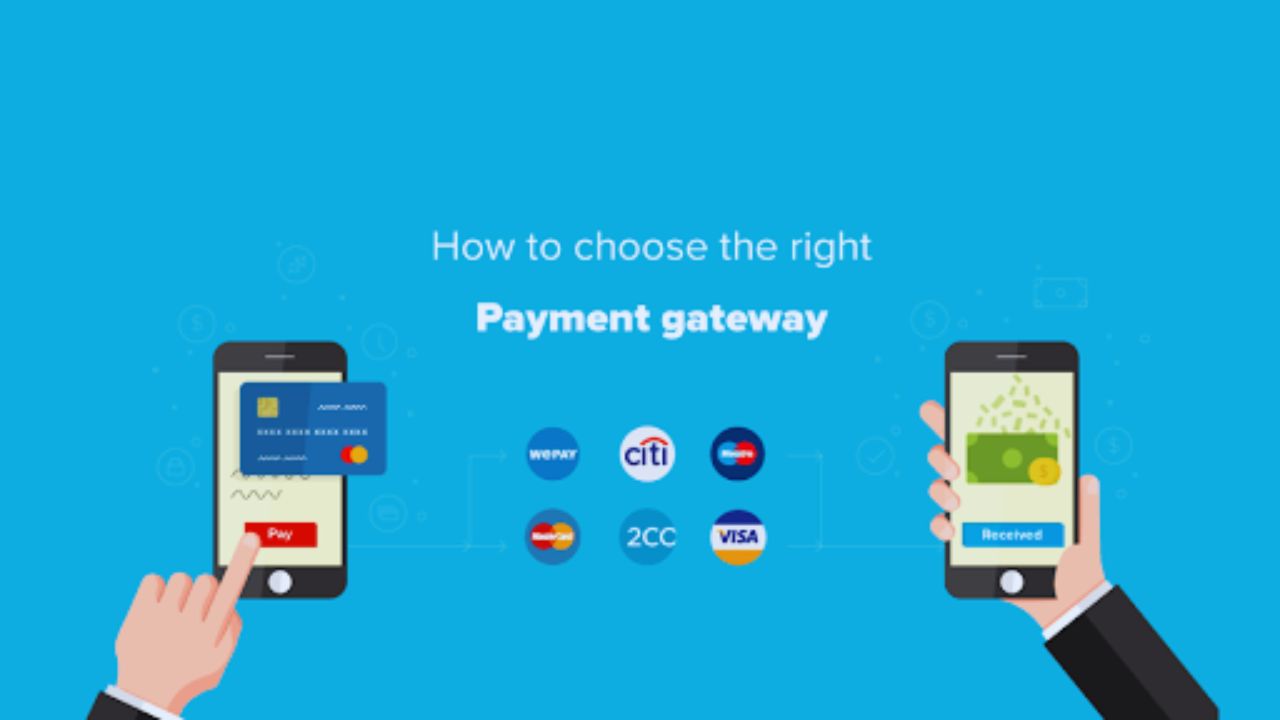Digital marketing has become a key part of business success. Companies invest time and money into online strategies, but how do they know if these efforts are paying off? Measuring digital marketing success is crucial for making smart decisions and getting the most from your campaigns.
Tracking the right metrics lets you see what’s working and what needs improvement in your digital marketing. By looking at things like website traffic, social media engagement, and conversion rates, you can figure out if you’re reaching your goals.
This article will cover 10 important ways to measure how well your digital marketing is doing. You’ll learn which numbers matter most and how to use them to boost your results online.
1. Conversion Rate
Conversion rate is a key metric for measuring digital marketing success. It shows how many website visitors take a desired action, like making a purchase or signing up for a newsletter.
To calculate your conversion rate, divide the number of conversions by total visitors and multiply by 100. For example, if you had 5,000 conversions from 100,000 visitors, your rate would be 5%.
A good conversion rate varies by industry and campaign type. Generally, rates between 2-5% are considered solid for e-commerce sites. Higher rates often mean your marketing efforts are working well.
You can improve conversion rates by optimizing your website, creating compelling calls-to-action, and targeting the right audience. A/B testing different elements on your pages can help you find what works best.
Tracking conversion rates over time lets you spot trends and measure the impact of changes to your marketing strategy. It’s a valuable tool for understanding what resonates with your audience and drives results.
2. Website Traffic
Website traffic is a key measure of your digital marketing success. It shows how many people visit your site over time. You can track this in tools like Google Analytics.
Looking at your traffic helps you see if your marketing efforts are working. Are more people coming to your site? That’s a good sign. If traffic drops, you might need to change your approach.
Pay attention to where your traffic comes from. This could be search engines, social media, or other websites. Knowing this helps you focus on what’s working best.
You can also look at which pages get the most visits. This tells you what content your audience likes. You can then make more of what works well.
Don’t just focus on total visits. Look at how long people stay and how many pages they view. This shows if they find your site useful.
By tracking website traffic, you can make smart choices about your digital marketing. It helps you understand what attracts people to your site and keeps them there.
3. Social Media Engagement
Social media engagement measures how people interact with your content. It shows if your posts are hitting the mark with your audience.
Likes, comments, and shares are key engagement metrics. They tell you if people find your content interesting or valuable.
Click-through rates matter too. They show how often users take action after seeing your posts.
You can track engagement rate to see how many people interact compared to your total followers. This helps you understand if your content resonates with your audience.
Response times are also important. Quick replies to comments and messages can boost engagement and customer satisfaction.
Hashtag performance is another useful metric. It shows how well your content spreads beyond your immediate followers.
Video views and watch time give insights into your video content’s appeal. They help you create more engaging videos in the future.
Tracking mentions and tags can reveal how often people talk about your brand online. This can help you spot trends and join conversations.
Sentiment analysis tools can gauge the tone of comments and mentions. They help you understand how people feel about your brand.
By monitoring these engagement metrics, you can refine your social media strategy and create content that truly connects with your audience.
4. Email Open Rates
Email open rates show how many people open your marketing emails. They help you see if your emails are catching people’s attention.
A good open rate is usually between 15% and 25%. This means 15 to 25 out of every 100 people who get your email actually open it.
Different types of businesses have different average open rates. For example, food and drink companies often see rates around 40%. Health and beauty brands typically get about 25-30%.
To improve your open rates, focus on writing better subject lines. Make them clear and interesting. Also, send your emails at the right time when people are likely to check their inbox.
Clean up your email list regularly. Remove inactive subscribers and incorrect email addresses. This can boost your open rates by making sure you’re only sending to people who want your emails.
Personalize your emails when possible. Use the recipient’s name or mention their past purchases. This can make people more likely to open and read what you send.
Remember, open rates are just one part of email marketing success. Look at other metrics too, like click-through rates and conversions, to get a full picture of how well your emails are doing.
5. Customer Acquisition Cost
Customer Acquisition Cost (CAC) is a key metric for measuring your digital marketing success. It tells you how much money you spend to gain each new customer.
To calculate CAC, add up all your marketing and sales expenses over a period. Then divide that total by the number of new customers you got during that time.
CAC helps you figure out if your marketing efforts are worth the money. A lower CAC means you’re spending less to get each customer, which is usually good for your business.
You can use CAC to compare different marketing channels. This helps you see which ones bring in customers most cheaply. You might find that social media ads work better than search engine marketing, for example.
It’s important to look at CAC alongside other metrics. Customer lifetime value is one to consider. If customers spend a lot over time, a higher CAC might be okay.
Tracking CAC over time lets you spot trends. You can see if your marketing is getting more or less efficient. This helps you make smart choices about where to put your marketing budget.
6. Return on Investment (ROI)
ROI is a key measure of digital marketing success. It shows how much money you make compared to what you spend on campaigns.
To calculate ROI, subtract your marketing costs from the revenue generated. Then divide that number by your costs and multiply by 100.
A positive ROI means your campaigns are profitable. A negative ROI suggests you’re losing money and need to adjust your strategy.
Track ROI for each marketing channel separately. This helps you see which ones perform best and where to focus your efforts.
Don’t forget to include all costs in your calculations. This means ad spend, tools, staff time, and any other expenses related to your campaigns.
ROI can vary widely depending on your industry and goals. Compare your results to industry benchmarks to get a sense of how you’re doing.
Remember that some marketing efforts may take time to show returns. Consider both short-term and long-term ROI when evaluating your strategies.
Use ROI data to guide future budget decisions. Invest more in high-performing channels and adjust or cut those with poor returns.
7. Lifetime Customer Value
Lifetime Customer Value (LCV) shows how much money you can expect from a customer over time. It helps you see which customers are most valuable to your business.
To calculate LCV, multiply the average purchase value by the number of times a customer buys per year. Then multiply that by the average number of years they stay with you.
LCV guides your marketing choices. It tells you how much you can spend to get new customers while still making a profit. It also helps you decide which customers to focus on.
You can increase LCV by improving customer service and offering loyalty programs. Personalized marketing can also make customers stick around longer and spend more.
Track LCV over time to see if your efforts are working. If it goes up, you’re on the right track. If it drops, you may need to change your approach.
Remember, keeping current customers is often cheaper than finding new ones. By focusing on LCV, you can grow your business more efficiently.
8. Bounce Rate
Bounce rate shows how many people leave your website after only looking at one page. It’s a key way to see if visitors find your site useful.
A high bounce rate often means people aren’t finding what they want. You want to keep this number low. A good bounce rate is usually below 50%.
You can check your bounce rate in Google Analytics. Look at different pages to see which ones need work. Try to figure out why people are leaving those pages quickly.
To lower your bounce rate, make sure your content matches what people expect. Use clear headings and easy-to-read text. Add links to other relevant pages on your site.
Make your website fast and mobile-friendly. Slow loading times can drive people away. Test your site on different devices to make sure it works well for everyone.
Use engaging visuals and videos to keep visitors interested. But don’t overdo it – too many flashy elements can be distracting.
Consider adding a search bar to help people find what they need. Make your navigation menu clear and easy to use.
Keep an eye on your bounce rate over time. If it starts going up, take action quickly to figure out why and fix the problem.
9. Time on Page
Time on page is a key metric for measuring digital marketing success. It shows how long visitors spend on your website pages. This metric helps you understand if your content keeps people interested.
You can find time on page data in most web analytics tools. Google Analytics is a popular choice for tracking this information. Look for the “Average Time on Page” report.
A longer time on page often means your content is engaging. People are reading or watching what you’ve created. Short times might indicate that visitors aren’t finding what they need.
Different types of content have different ideal times. A blog post might have a longer time than a product page. Think about what makes sense for each part of your site.
You can improve time on page by making your content more valuable. Add videos, images, or interactive elements. Break up text into shorter paragraphs. Use headings to make information easy to scan.
Remember that time on page isn’t everything. Combine it with other metrics like bounce rate and conversions for a fuller picture of your digital marketing performance.
10. Lead Generation
Lead generation is a key way to measure digital marketing success. It shows how well you’re attracting potential customers. You can track several metrics to gauge your lead gen efforts.
Look at the number of leads you get. This tells you how many people are interested in your product or service. A higher number usually means your marketing is working well.
Check your conversion rate. This shows how many leads turn into actual customers. A good rate means your sales team is doing a great job.
Pay attention to lead quality. Not all leads are equal. Focus on getting leads that are more likely to buy. This can save time and money.
Response time matters too. How fast do you get back to new leads? Quicker responses often lead to more sales.
Don’t forget about costs. Track how much you spend to get each lead. This helps you see if your methods are cost-effective.
Lastly, look at customer lifetime value. This shows how much a customer is worth over time. It can help you decide how much to spend on getting new leads.
Understanding Key Metrics
Measuring digital marketing success requires tracking key metrics. These numbers show if your efforts are working and where to improve. Let’s look at two important metrics to watch.
Conversion Rate
Conversion rate tells you how many visitors take a desired action on your site. This could be making a purchase, signing up for emails, or downloading content. To calculate it, divide the number of conversions by total visitors and multiply by 100.
A good conversion rate varies by industry. For e-commerce, 2-3% is often seen as solid. B2B sites may aim for 5-10%. To boost your rate:
- Make your calls-to-action clear and compelling • Streamline your checkout process • Use targeted landing pages • Test different layouts and designs
Keep an eye on mobile conversion rates too. They’re often lower than desktop, but are growing in importance.
Return on Investment (ROI)
ROI shows if you’re making or losing money on marketing. To find it, subtract your marketing costs from the revenue generated. Then divide by your costs and multiply by 100.
For example: Revenue: $10,000 Marketing costs: $2,000 ROI = ($10,000 – $2,000) / $2,000 x 100 = 400%
A positive ROI means you’re profiting. Aim to track ROI for each marketing channel. This helps you see where to focus your budget. Some tips to improve ROI:
- Set clear goals for each campaign • Use targeting to reach your ideal customers • Test and refine your ads and content • Cut spending on low-performing channels
Remember, ROI can take time to show. Some tactics build value over the long term.
Advanced Analytics
Advanced analytics provide deeper insights into digital marketing performance. These tools help measure long-term customer value and track complex customer journeys.
Customer Lifetime Value (CLV)
CLV measures how much a customer is worth to your business over time. It goes beyond single purchases to show total value. To calculate CLV, add up all the money a customer spends with you. Then subtract the cost of getting and keeping that customer.
CLV helps you decide how much to spend on marketing to different customer groups. It also shows which customers are most valuable long-term. You can use CLV to:
- Plan future marketing budgets • Target high-value customers • Improve customer retention efforts
Tracking CLV lets you focus on building lasting customer relationships instead of just chasing quick sales.
Attribution Models
Attribution models show which marketing touchpoints lead to sales. They help you understand how different channels work together. Some common models are:
- Last-click: Gives all credit to the final touchpoint before purchase • First-click: Credits the first interaction • Linear: Splits credit equally across all touchpoints • Time decay: Gives more credit to recent interactions
Choosing the right model depends on your sales cycle and goals. Multi-touch models often give a more complete picture of the customer journey.
Using attribution models helps you:
- Allocate budgets more effectively • Identify top-performing channels • Optimize your marketing mix
With good attribution data, you can improve ROI across all your digital marketing efforts.
Final Thoughts
Measuring digital marketing success is essential for optimizing your strategies and achieving your business goals.
By focusing on key metrics like conversion rates, ROI, and customer lifetime value, you can gain valuable insights into what’s working and where improvements are needed.
These metrics help you evaluate your current campaigns’ effectiveness and guide your future marketing decisions.
As digital marketing continues to evolve, staying on top of these measurements will empower you to adapt quickly, maximize your returns, and maintain a competitive edge in the marketplace.










































